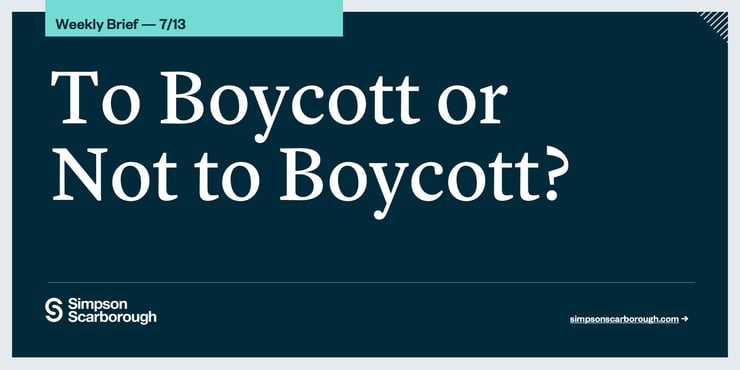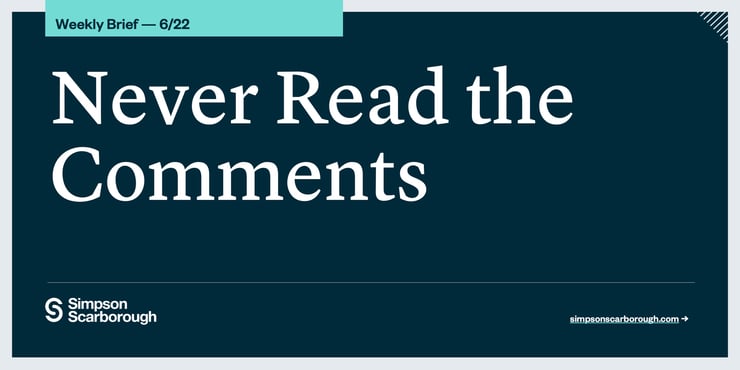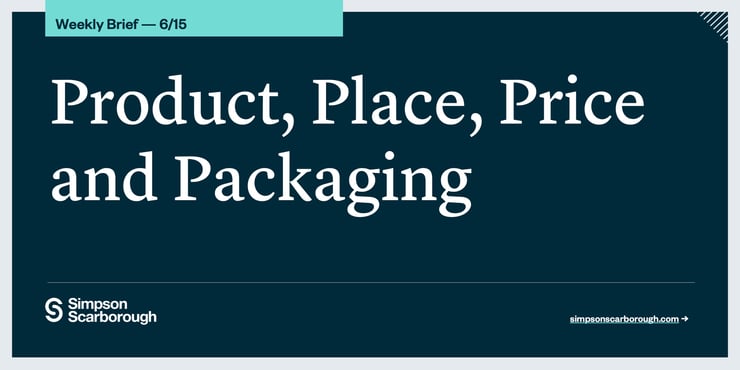Each year, the brand consultancy Prophet releases its Brand Relevancy Index. By their definition, relevant brands fall into four categories:
- Customer Obsessed
These brands invest in, create, and bring to market products and services designed to meet important needs in peoples' lives. Think Roku, Disney, Beats, and NPR. - Ruthlessly Pragmatic
These brands make customers' lives easier, deliver consistent experiences, and make good on their promises. Think Amazon, Samsung, Intel, and Turbotax. - Distinctively Inspired
These brands make emotional connections, earn trust, and often fulfill a greater purpose. Think Etsy, Fitbit, Lego, and the Mayo Clinic. - Pervasively Innovative
These brands push the status quo and engage with customers in new and innovative ways. Think TED, Tesla, Peloton, and Marvel.
As a higher ed marketer, you instinctively looked at one or more of the above categories and said, "that's us." If you have a documented brand strategy, you'll most likely see one or more of these themes already woven into it. A good question to consider right now is:
"What made that category true to us when we wrote the brand strategy, and what makes it true today and tomorrow given our current state?"
Brands that deliver on any of those categories build trust, connection, loyalty, and ultimately, evangelists — making them continually relevant. But trust, connection, and loyalty are dwindling commodities right now. And you aren't likely to find many evangelists in the near future. No institution is.
Every college and university has been playing defense since early March. Strategy is hard when the majority of your time is spent on necessary, reactionary activities. In recent conversations, the shift back to brand strategy is happening on campuses as they prepare for reopening and recruitment of the fall 2021 and even 2022 classes. If your institution hasn't taken that step, here are four ways you can evolve or ensure your brand strategy is staying relevant by guiding your communications.
- Consider Your Brand Pillars
Your brand pillars often articulate the who, why, and what of your school. How are those especially relevant today, and how can they guide your messaging right now? For instance, one pillar may speak to the academic experience. We know that that experience is going to be very different this fall. Being able to articulate the value of your school's academic experience regardless of delivery will be critical now and over the long term as some form of hybrid format is here to stay. - Contemplate Your Brand Promise
If you have a brand promise or mantra, how does that serve as inspiration for content? Too inspirational or aspirational will come off as tone-deaf right now, but that doesn't mean the promise should be shelved because — at some level — the promise offers hope. And we can all use a little more of that right now. - Revisit Personality & Tone
Now is not the time for overt positivity or enthusiasm. Students and their parents are nervous. So lean into your tone words (or create new ones) that speak to reassurance and stability. - Reevaluate Your Positioning
Your positioning statement should address, even if at a high level, your competition. In all likelihood, your competitive set is changing as recruiting, and enrollment strategies are shifting as students consider options that are less expensive, closer to home, or they are accepted into a reach school. This may be a short term shift in competition, but it shouldn't go ignored because "short term" could mean 2 or 3 recruiting cycles.
National Student Survey, Part III
In the third wave of our National Student Survey, we're asking questions around racial equity, COVID precautions, student protests, and the university communications dealing with these issues. This time, we're inviting institutions to be involved. We'll survey your incoming and returning students while performing our national data collection to provide you the insight you need as you make decisions for the fall.
State of Higher Ed in Media, Vol. 1
ICYMI, our new Director of Media and Marketing Strategy, Sara Wallace, put together this report full of great insights on how institutions should be thinking about their paid media strategy and planning. Keep an eye out for Volume 2 that'll drop later this month.
Get our weekly brief in your inbox.











